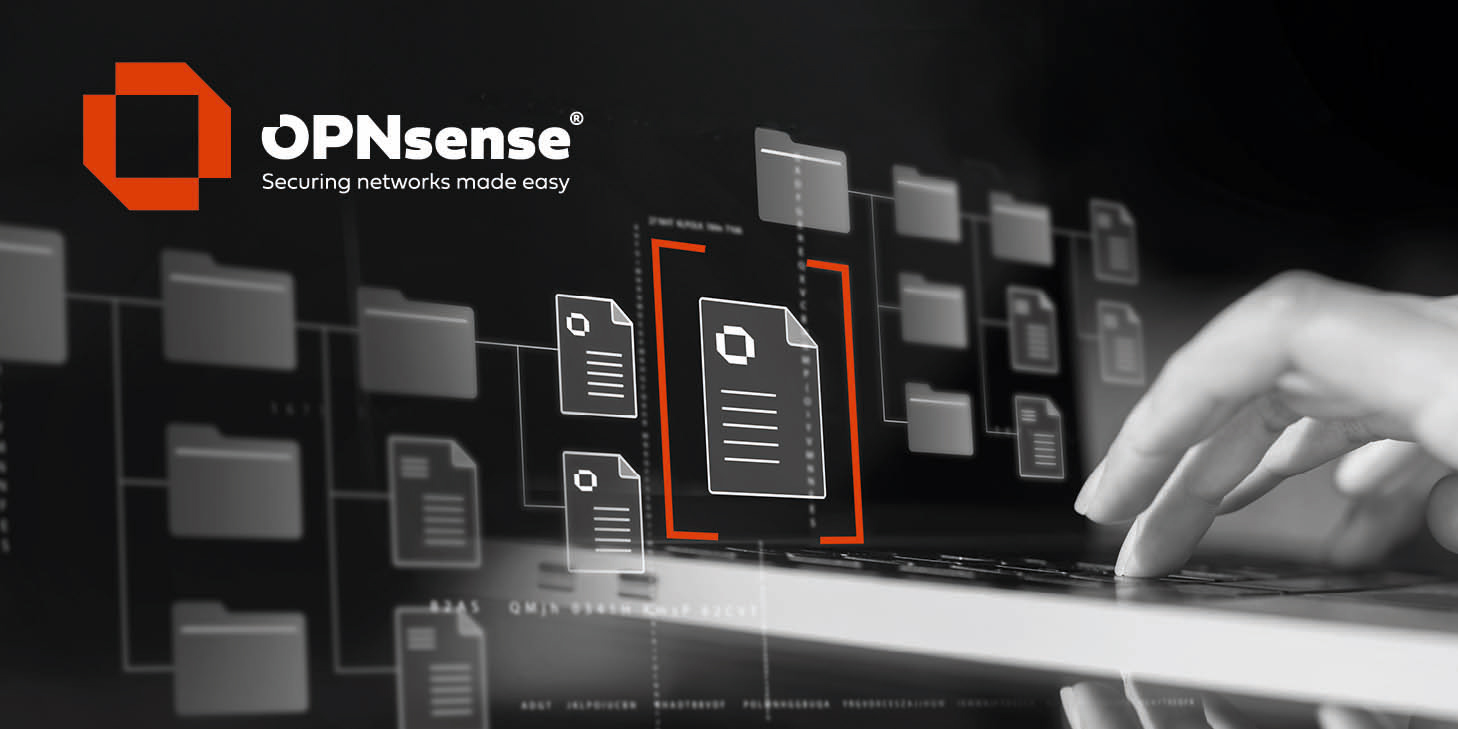Thanks for taking the time to respond.
I take it that such a rule cannot be written on a firewall group or floating rule level. So my question comes down to is there some sort of automatic variable that can used in a rule to fill in the <network> placeholder (ideally the broadcast bits as well)? Otherwise, that part of the interface configuration would be duplicated into the rule and create two places that need to be kept consistent without being obviously related. Same would be true for using an aliases for the directed broadcast addresses.
I take it that such a rule cannot be written on a firewall group or floating rule level. So my question comes down to is there some sort of automatic variable that can used in a rule to fill in the <network> placeholder (ideally the broadcast bits as well)? Otherwise, that part of the interface configuration would be duplicated into the rule and create two places that need to be kept consistent without being obviously related. Same would be true for using an aliases for the directed broadcast addresses.

 "
"
